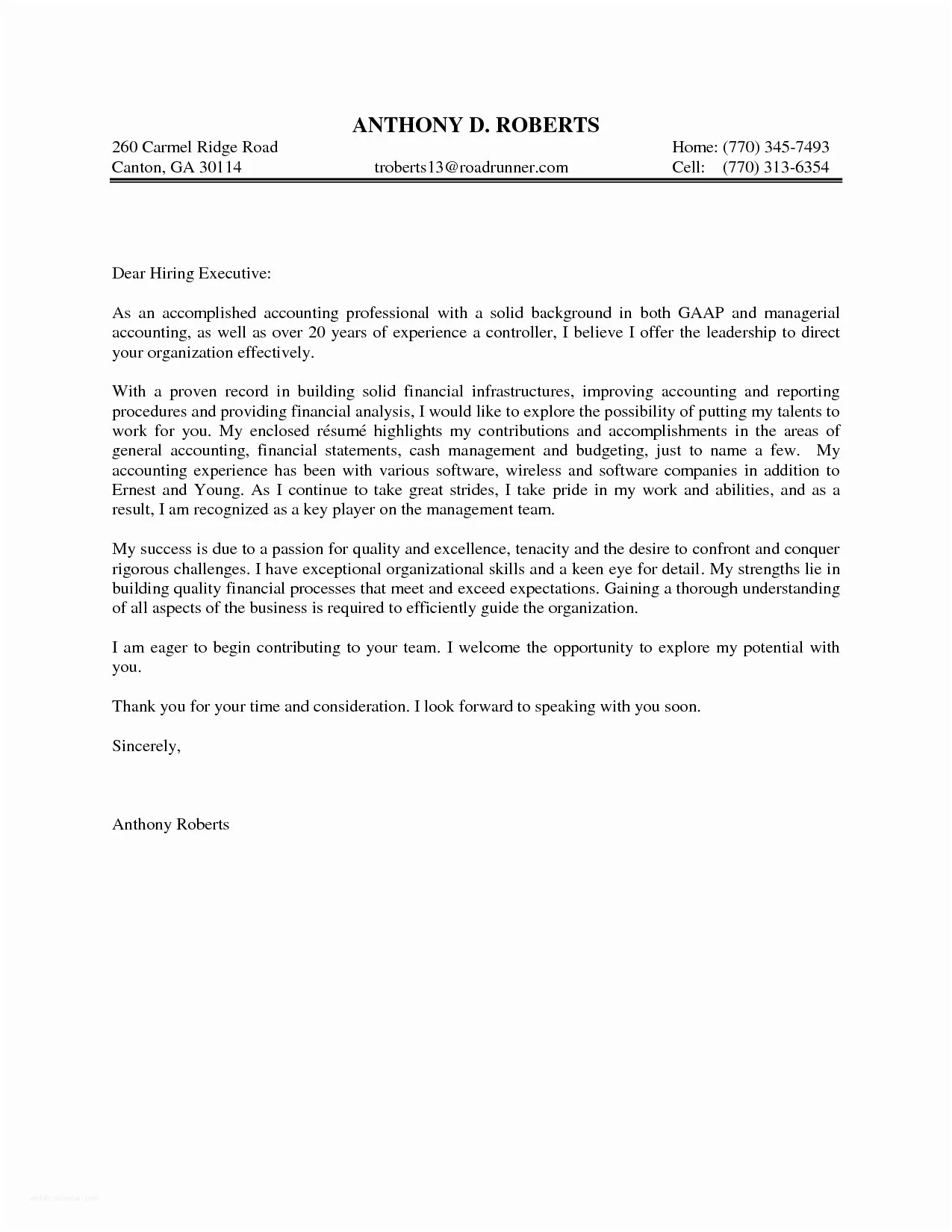Crafting the perfect cover letter can feel like navigating a maze, but understanding its purpose and structure is the first step toward success. A well-written cover letter is your introduction, a chance to make a strong first impression and persuade potential employers to review your resume. It showcases your personality, highlights your relevant skills, and demonstrates your genuine interest in the position. Let’s dive into some cover letter examples and how to write a compelling one.
What is a Cover Letter
A cover letter is a formal document submitted with your resume when applying for a job. Think of it as your personal sales pitch. It’s an opportunity to introduce yourself, explain why you’re a great fit for the specific role, and elaborate on your qualifications. Unlike your resume, which provides a snapshot of your experience and skills, your cover letter allows you to tell a story, connecting your background to the employer’s needs and expressing your enthusiasm for the opportunity. It’s a vital part of the job application process, providing context and demonstrating your communication skills.
Why Cover Letters Matter
In a competitive job market, a cover letter can be your secret weapon. It gives you the chance to go beyond the basic information in your resume and connect with the hiring manager on a more personal level. Many recruiters and hiring managers value cover letters because they reveal a candidate’s communication skills, writing ability, and attention to detail. A well-crafted letter can set you apart from other applicants, demonstrating your interest in the company and the specific position. Without a cover letter, you miss a valuable opportunity to make a strong impression and highlight why you are the perfect fit.
Cover Letter Structure The Basics
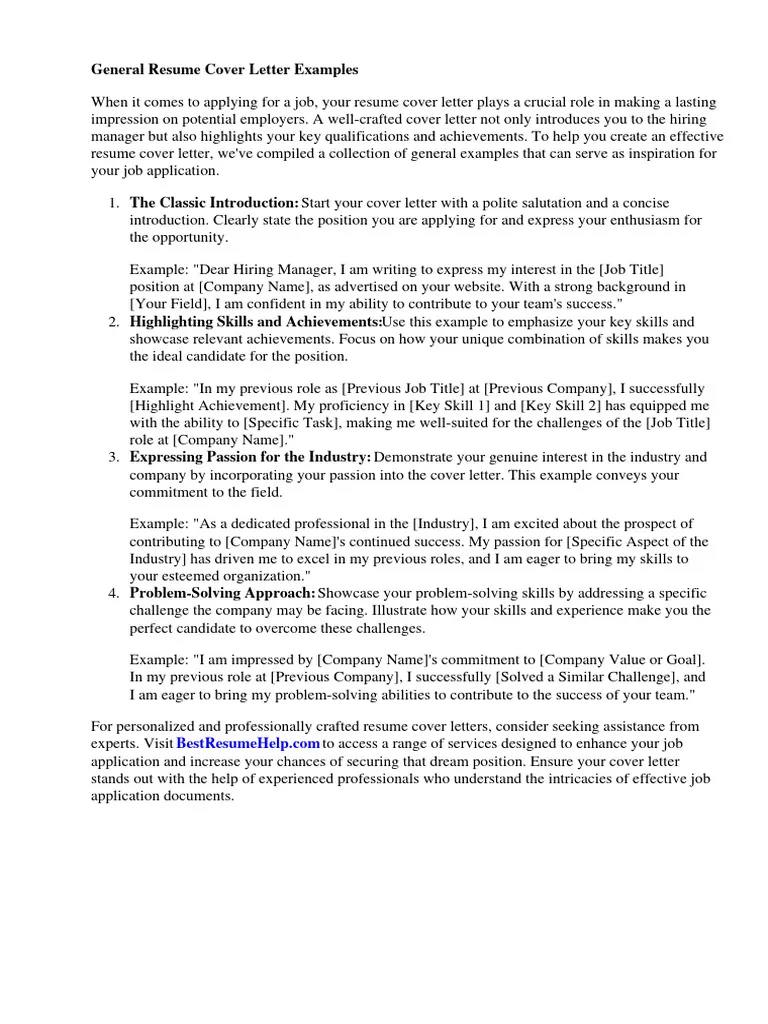
Understanding the core elements of a cover letter ensures your message is clear, concise, and compelling. The structure follows a logical flow, designed to grab the reader’s attention from the start and leave a lasting impression. Each section plays a crucial role in telling your story and convincing the employer to consider your application. Properly formatting your letter makes it easy to read and demonstrates professionalism, ultimately increasing your chances of success.
Header and Contact Information
Your cover letter begins with a header that includes your contact information, making it easy for the hiring manager to reach you. Start with your full name, address, phone number, and email address. Ensure your email address is professional. Following your contact information, include the date and the hiring manager’s name and title if known, along with the company’s address. This demonstrates that you’ve paid attention to detail and are serious about the application.
Salutation
The salutation sets the tone for the rest of your letter. If possible, address the hiring manager by name. Use ‘Dear Mr./Ms./Mx. Last Name’ to create a personalized touch. If you can’t find a name, opt for a professional greeting like ‘Dear Hiring Manager.’ Avoid generic salutations like ‘To Whom It May Concern’ as they can come across as impersonal. A thoughtful salutation immediately captures the reader’s attention and shows that you’ve done your research.
Body Paragraphs
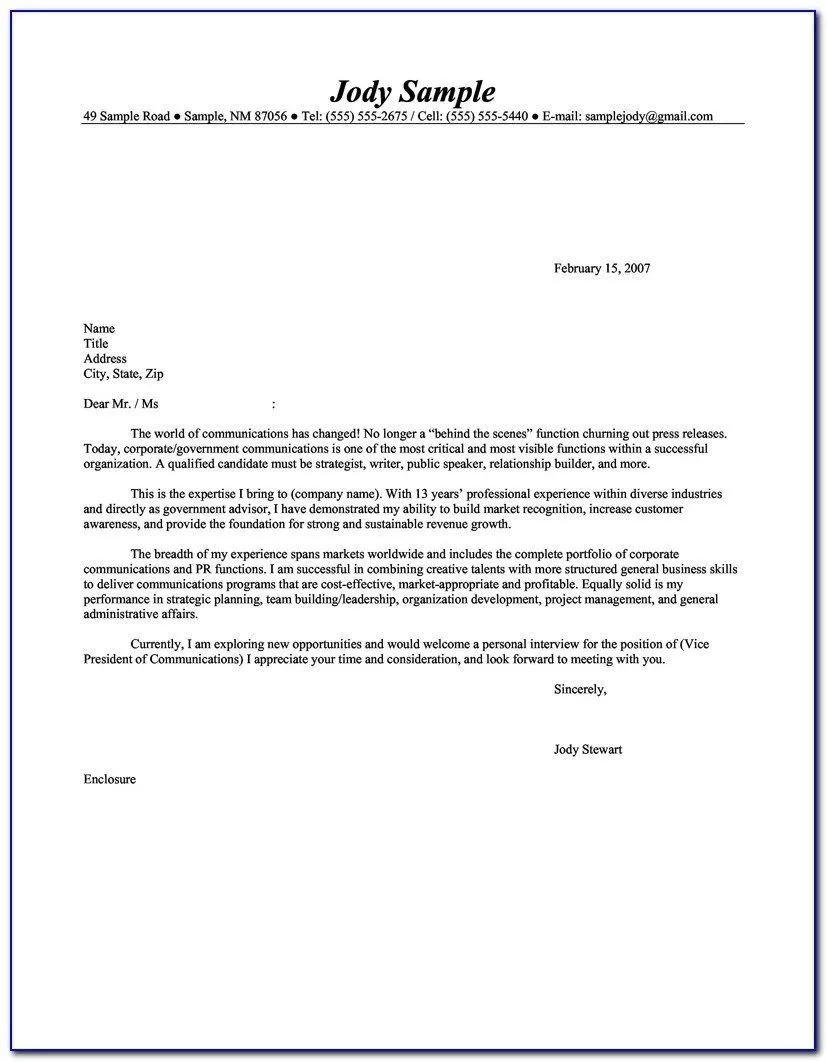
The body paragraphs are where you tell your story and sell your qualifications. Start with a strong opening that grabs the reader’s attention and clearly states the position you’re applying for. The first paragraph should briefly explain why you’re interested in the role and the company. In the following paragraphs, highlight your relevant skills and experience, providing specific examples of your accomplishments. Use action verbs to demonstrate your impact, and tailor your content to match the job requirements. Keep your paragraphs concise and focus on the value you bring to the company.
Closing and Signature
Conclude your cover letter with a strong closing paragraph. Reiterate your interest in the position and express your enthusiasm for the opportunity. Thank the hiring manager for their time and consideration. Include a call to action, such as stating that you look forward to hearing from them soon. End with a professional closing like ‘Sincerely,’ ‘Best regards,’ or ‘Yours truly,’ followed by your typed name. If you’re sending a hard copy, leave space for your signature above your typed name.
Top 5 Cover Letter Examples to Inspire You
Now, let’s explore five cover letter examples that you can adapt and use as inspiration. These examples showcase different approaches and styles to help you craft a cover letter that reflects your unique personality and experience. Remember to tailor each example to fit your specific circumstances and the job you’re applying for. These examples offer a starting point for creating your winning cover letter.
Example 1 The Enthusiastic Professional
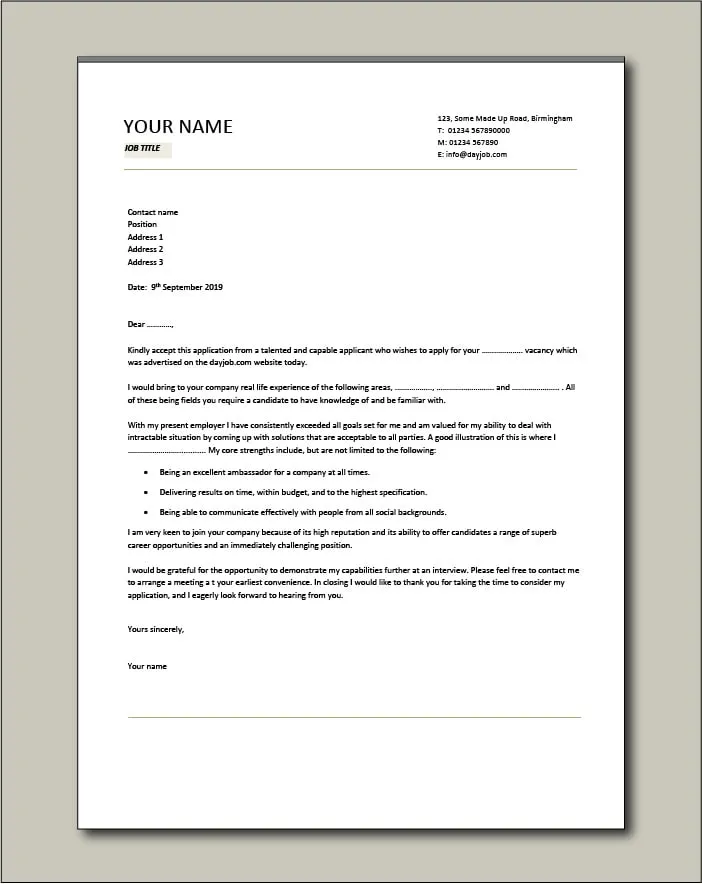
This type of letter emphasizes your passion for the role and the company. It’s perfect for demonstrating your excitement and eagerness to contribute. The enthusiastic professional cover letter should clearly state your interest in the specific position, highlight your skills, and show how you’re a perfect match for the company’s culture. Example: ‘I am writing to express my enthusiastic interest in the Marketing Manager position at XYZ Company. Your innovative approach to [mention something specific about the company] deeply resonates with my passion for creating impactful campaigns. My background in [mention relevant experience] has equipped me with the skills to excel in this role.’
Example 2 The Accomplishment-Focused Letter
This approach focuses on showcasing your achievements and quantifiable results. It’s ideal for demonstrating the value you’ve brought to previous roles. The accomplishment-focused cover letter provides specific examples of your successes, using data and metrics to highlight your contributions. Example: ‘In my previous role at ABC Company, I increased sales by 20% in one quarter by implementing a new customer outreach strategy. This accomplishment, coupled with my expertise in [relevant skills], makes me confident in my ability to drive similar results at your company.’
Example 3 The Skills-Based Cover Letter
If you have transferable skills from different industries, a skills-based cover letter can be a great choice. This format highlights your skills and how they align with the job requirements. The skills-based cover letter emphasizes your competencies and how they’ll benefit the employer. Example: ‘My background in [relevant industry] has provided me with a strong foundation in project management, problem-solving, and communication skills. These skills, along with my experience in [specific skills], make me a suitable candidate for this role.’
Example 4 The Networking Cover Letter
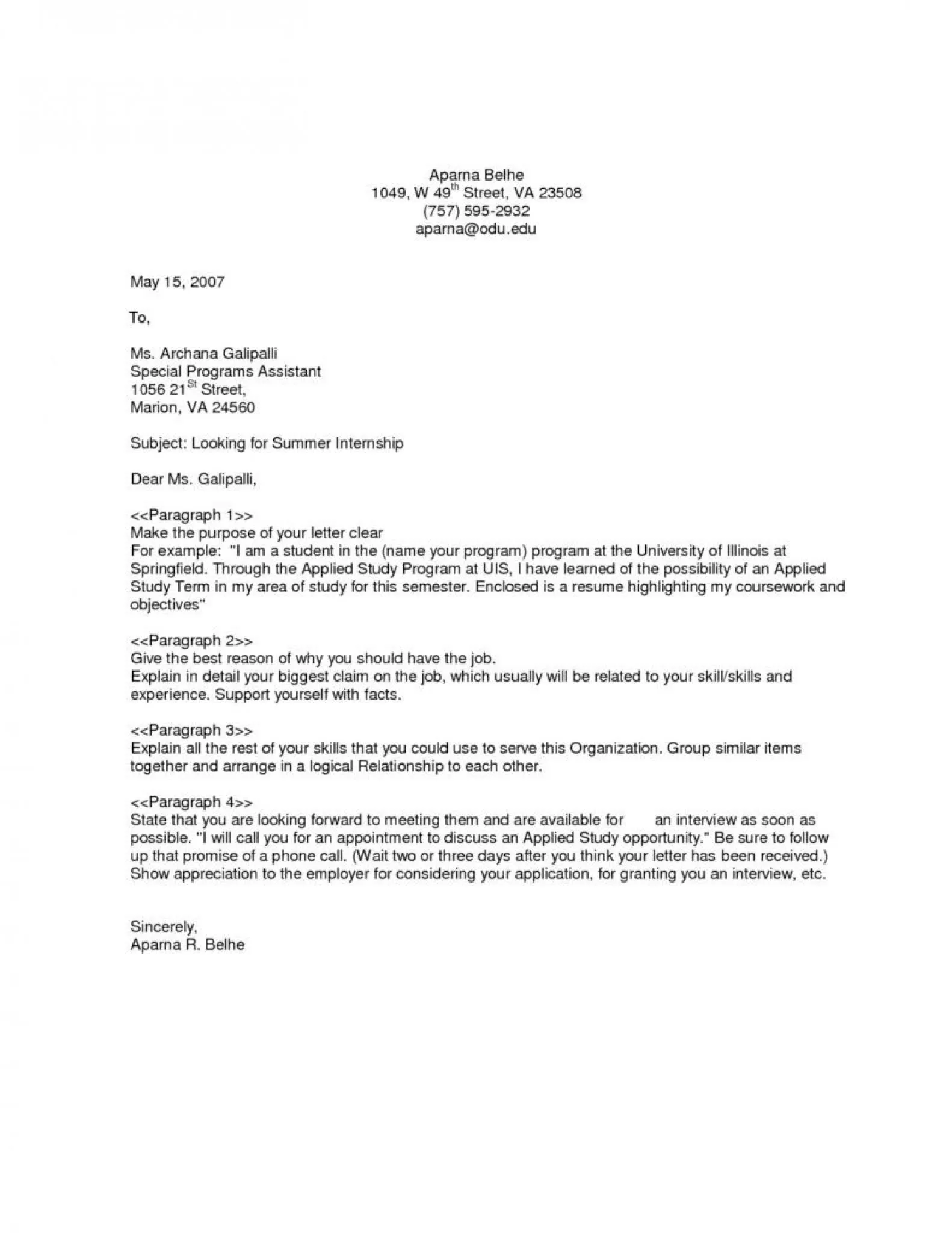
This type of letter is used when you have a personal connection or referral to the company. It’s an effective way to leverage your network to get your foot in the door. The networking cover letter highlights your connection and builds on it to express your interest. Example: ‘I am writing to express my interest in the [position] at [company], as recommended by [referral’s name].’ [Referral’s name] spoke very highly of the culture at [company]. My experience in [relevant skills] and my understanding of [company’s mission] make me a strong fit.’
Example 5 The Creative Cover Letter
For creative roles, you can showcase your creativity through your cover letter. This approach allows you to stand out by using a unique format or style. The creative cover letter should be well-designed and formatted to demonstrate your abilities. Example: If applying for a graphic design role, you might design your cover letter as a visually appealing document that showcases your design skills. However, always consider the industry norms before taking this approach; you want to stand out but remain professional.
Key Takeaways for a Winning Cover Letter
Creating a compelling cover letter requires more than just summarizing your resume. It involves careful planning, tailoring, and attention to detail. By following these key takeaways, you can significantly improve your chances of landing an interview and securing your dream job. Remember to focus on the employer’s needs and highlight your value proposition. Let’s break down these essential steps.
Tailor Your Letter
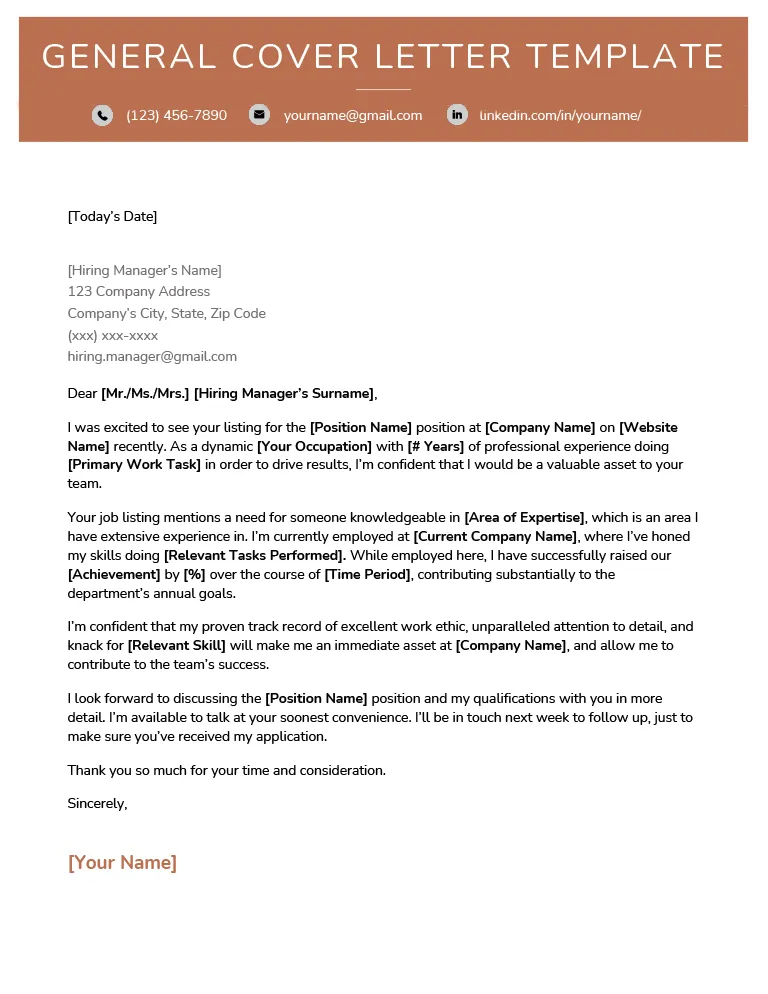
One size does not fit all. Customize each cover letter for the specific job and company you’re applying to. Research the company, understand the job requirements, and tailor your letter to highlight the most relevant skills and experiences. Mentioning specific projects or accomplishments that align with the job description will showcase your suitability for the role. Make sure your letter is tailored to the company’s needs.
Highlight Your Achievements
Focus on your achievements rather than just listing your responsibilities. Use the STAR method (Situation, Task, Action, Result) to provide context and demonstrate the impact of your work. Quantify your accomplishments whenever possible. Instead of saying ‘Managed social media accounts,’ say ‘Increased social media engagement by 30% in six months.’ Providing specific examples will help you stand out from other applicants.
Proofread Meticulously
Typos, grammatical errors, and formatting inconsistencies can undermine your credibility. Always proofread your cover letter carefully before submitting it. Use a grammar checker, and better yet, have a friend or family member review it as well. A polished cover letter demonstrates your attention to detail and professionalism. Ensure your letter is free of errors, making a positive impression on the hiring manager.
Call to Action
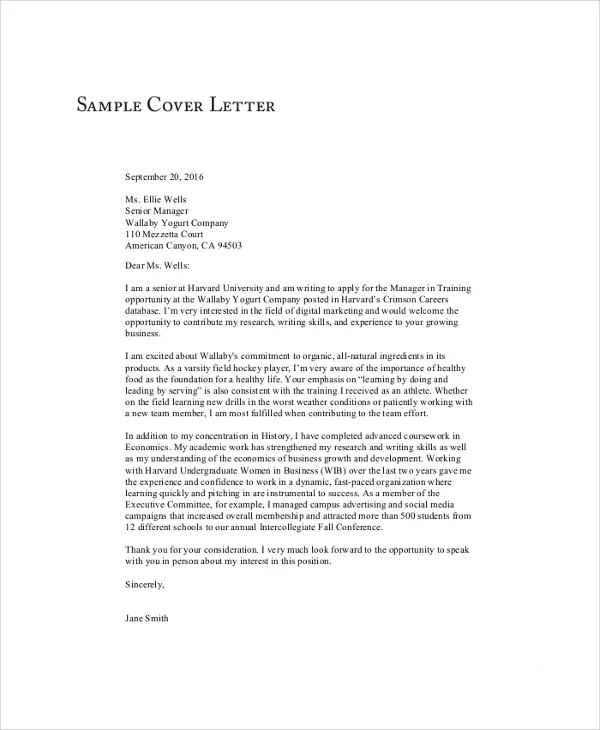
Always include a clear call to action in your closing paragraph. Tell the hiring manager what you want them to do next. Do you want an interview? Ask for it. Are you eager to discuss how your skills match their needs? Say so. For instance, you could state: ‘I am eager to discuss how my skills and experience align with the requirements of this position. I am available for an interview at your earliest convenience.’ End with a strong close, leaving a lasting impression and making it easy for the employer to take the next step.
In conclusion, a well-crafted cover letter is a powerful tool in your job search arsenal. By understanding its purpose, structure, and the various cover letter examples available, you can create a compelling document that grabs the attention of hiring managers and sets you apart from the competition. Remember to tailor your letter, highlight your achievements, and always proofread. Use these tips and examples to craft a winning cover letter that opens doors to your dream job.
